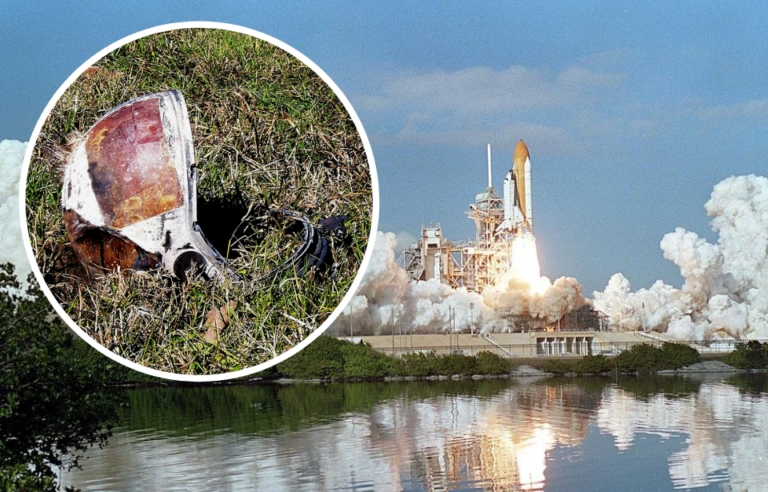On February 1, 2003, a catastrophic event in the sky left onlookers in horror as the space shuttle Columbia disintegrated during its reentry into Earth’s atmosphere, with seven astronauts on board. This disaster, comparable to the 1986 Challenger tragedy, would forever change NASA’s history.
Columbia: Pioneering Space Exploration
Launched on April 12, 1981, from NASA’s Kennedy Space Center, Columbia marked the beginning of a new era in space exploration. As the first shuttle to reach space, Columbia embarked on numerous missions over two decades.
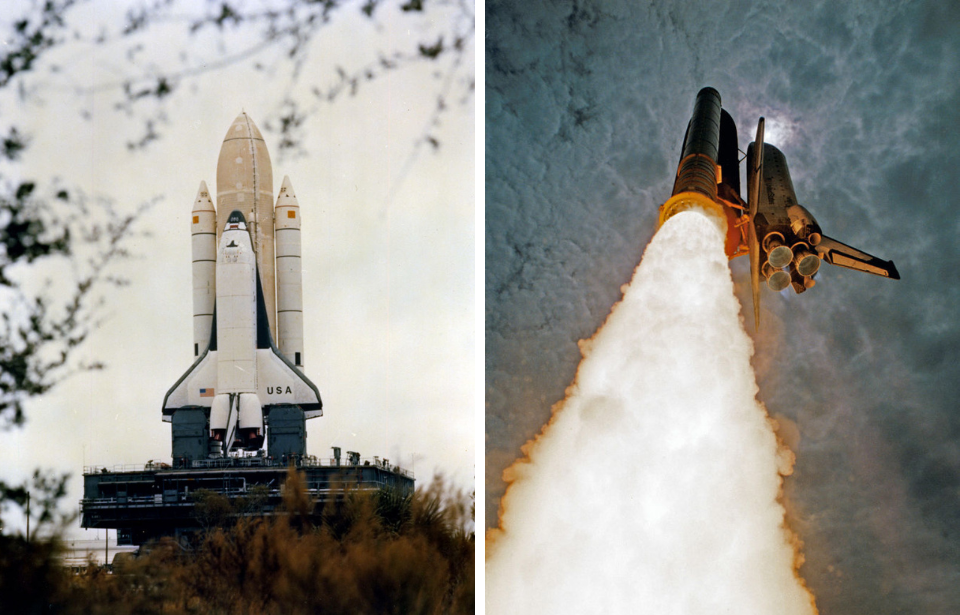
The inaugural flight of Columbia was manned by commander John Young and pilot Bob Crippen, veterans of the Apollo missions. After a successful first mission, Columbia continued to conduct test flights, even overcoming an autoland system malfunction during a dramatic landing. Throughout its lifetime, Columbia completed 28 missions, assisting in satellite launches, microgravity experiments, and deploying the Hubble Space Telescope in 2002. Its final mission, STS-107, was a 16-day research endeavor.
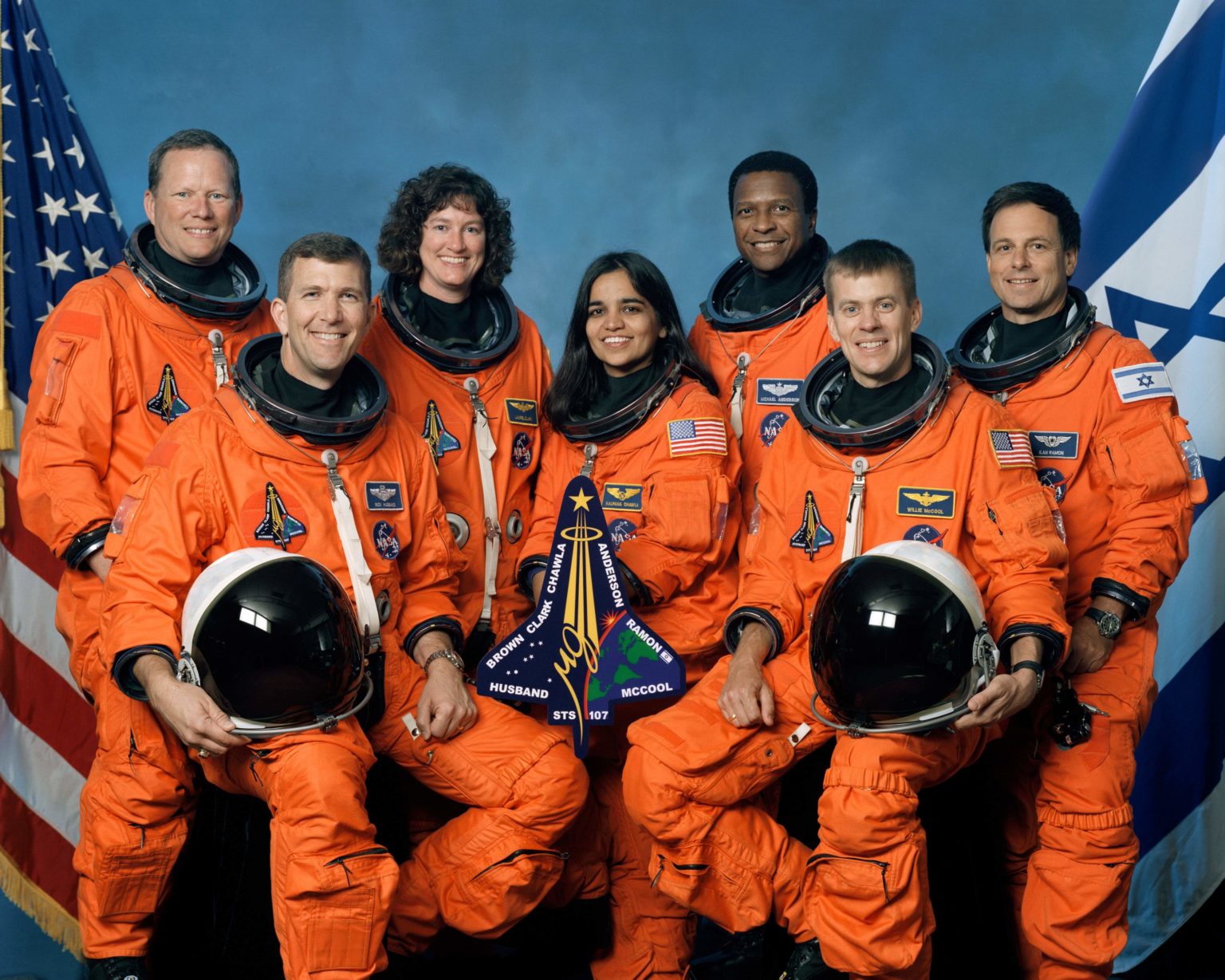
The Tragic Final Mission
As families eagerly awaited the return of the Columbia crew at the Kennedy Space Center, NASA lost contact with the shuttle during the final minutes of reentry over Texas. The subsequent video footage confirmed the unimaginable.
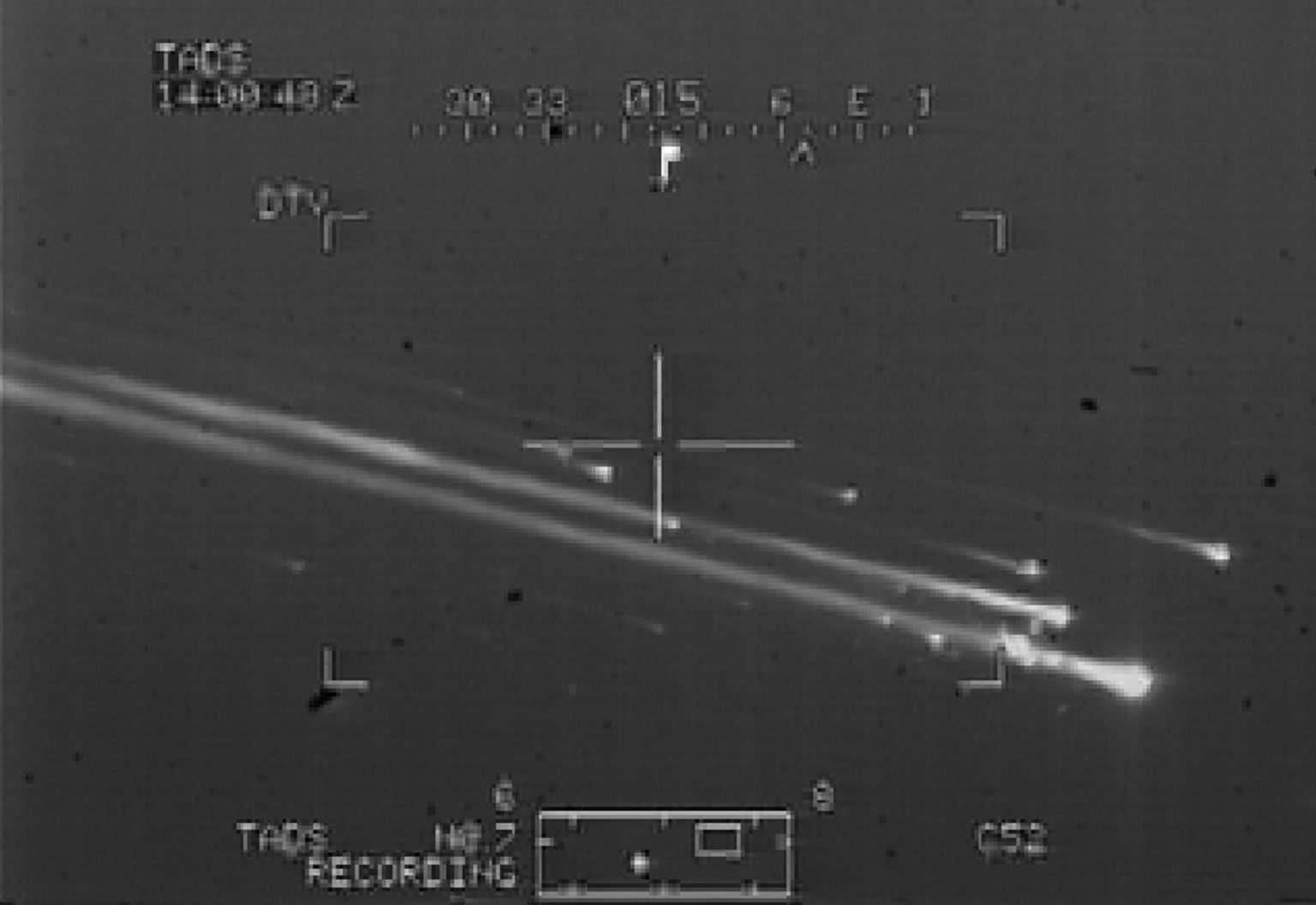
The video captured a bright object streaking across the sky, followed by smaller pieces and contrails. The realization struck: there were no survivors.

NASA’s 2008 crew survival report detailed the final moments of the Columbia crew. While they likely initially survived the shuttle’s breakup, they soon lost consciousness due to depressurization. They tragically perished as the shuttle disintegrated around them, subjecting them to temperatures of up to 2691 degrees Fahrenheit.

All seven astronauts’ remains were discovered within a five-mile radius and identified using DNA and dental records.
After an exhaustive investigation, the Columbia Accident Investigation Board concluded that a piece of foam from the shuttle’s external tank had struck it during launch. This foam breach compromised Columbia‘s wing and damaged the protective tiles needed for a safe reentry. The resulting overheating caused a structural breakdown.
Haunting Remnants: Rediscovered Debris
Throughout the years, various pieces of debris from the Columbia disaster have been discovered in Texas. In 2011, a round aluminum power reactant storage and distribution tank used on board was found near Lake Nacogdoches in Nacogdoches, Texas.
This significant piece of wreckage was eventually transported to Kennedy Space Center, where NASA houses all Columbia debris for future research. Approximately 38 to 40 percent of Columbia‘s orbiter, composed of 84,000 debris fragments, has been recovered.

A vast hangar within a NASA storage facility now contains all the retrieved debris, with each piece carefully positioned on an outlined shuttle floor plan.

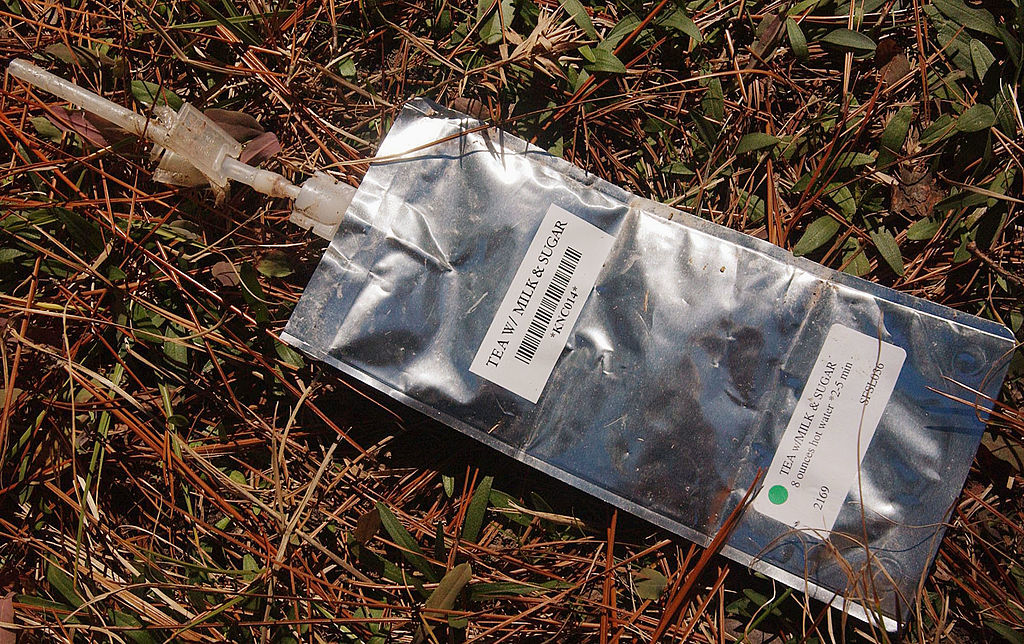
In the aftermath of the disaster, the FBI undertook the solemn task of recovering the astronauts’ remains and any classified equipment within the debris. Five hundred FBI employees formed part of the 25,000-strong collection of professionals and volunteers who searched 2.3 million acres over several weeks.
Columbia‘s Enduring Legacy
Remarkably, some experiments survived the shuttle’s disintegration. Among the wreckage, live roundworms were found alive in Petri dishes, a testament to their resilience.

Columbia joined the Challenger explosion and the Apollo 1 tragedy as three horrific accidents involving NASA spacecraft. Coincidentally, these tragedies occurred within one calendar week in different years: February 1, January 28, and January 27, respectively. NASA now commemorates this tragic week with its annual Day of Remembrance at the end of January.
To honor those lives lost in the pursuit of scientific progress, NASA established a permanent exhibit at Kennedy Space Center. This exhibit showcases artifacts from the Challenger and Columbia missions, including Challenger‘s fuselage and Columbia‘s orbiter window frames. Belongings of the 14 astronauts who perished are also on display, creating a timeless tribute to these brave men and women.
Additionally, seven asteroids orbiting between Mars and Jupiter now bear the names of Columbia crew members.
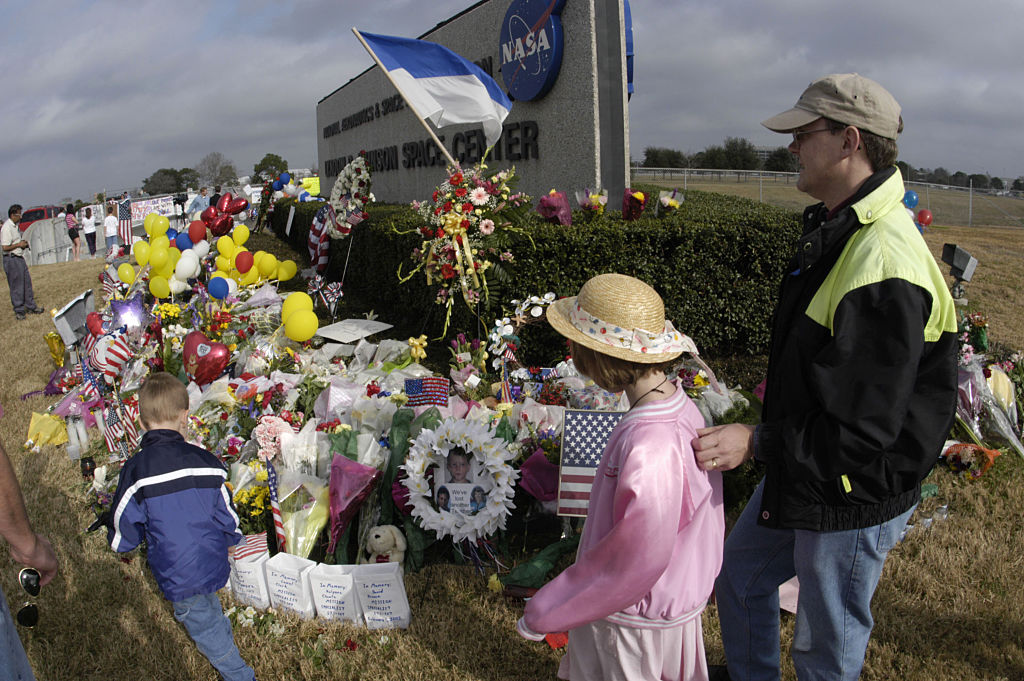
In 2022, divers made a remarkable discovery off the coast of Florida: a large section of Challenger‘s space shuttle buried in the ocean sand.
Only time will reveal if more remnants of Columbia will surface, adding to the thousands of other debris fragments that still have stories to tell.
For more captivating vintage news stories, visit All Vintage News.

